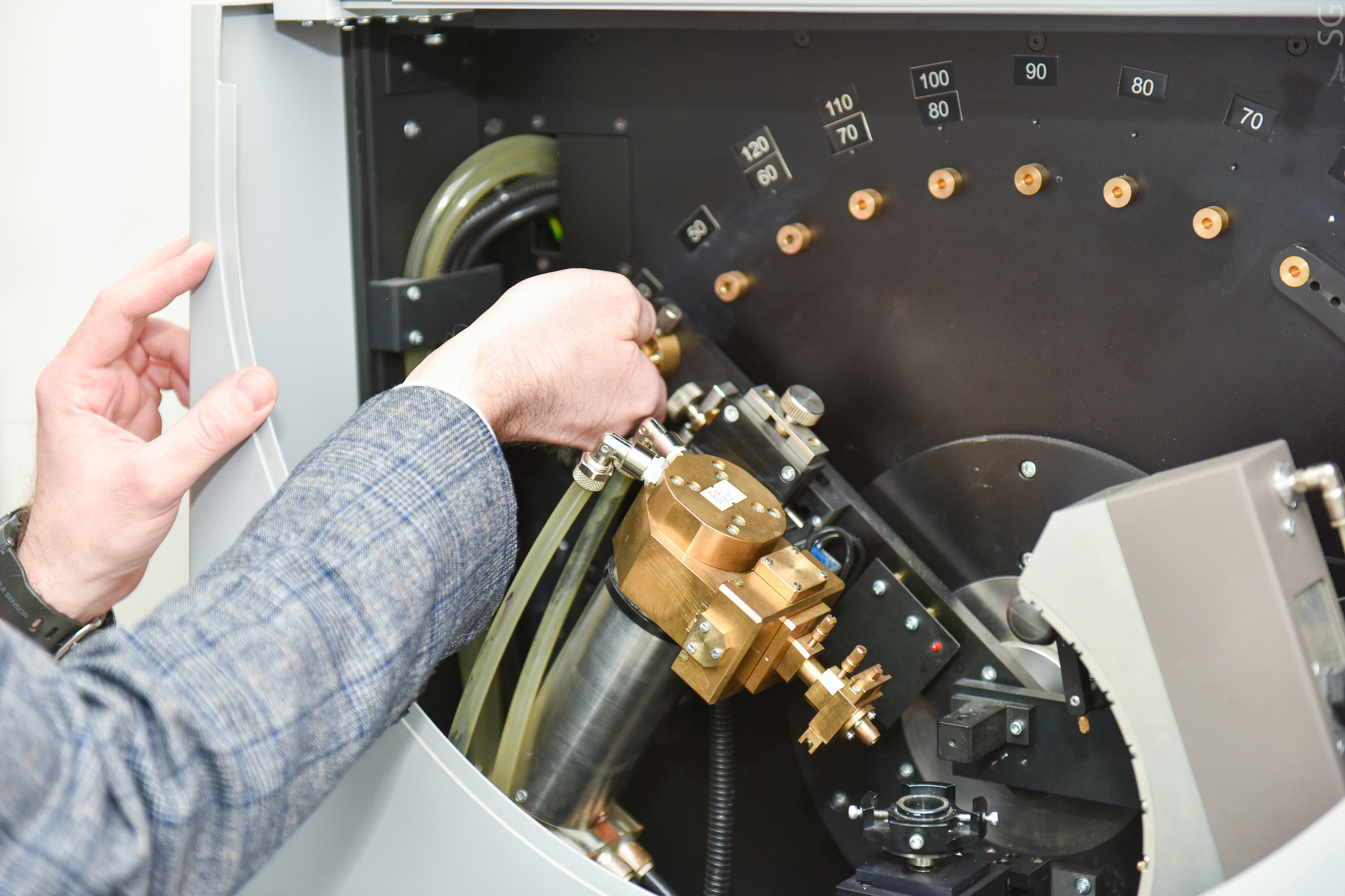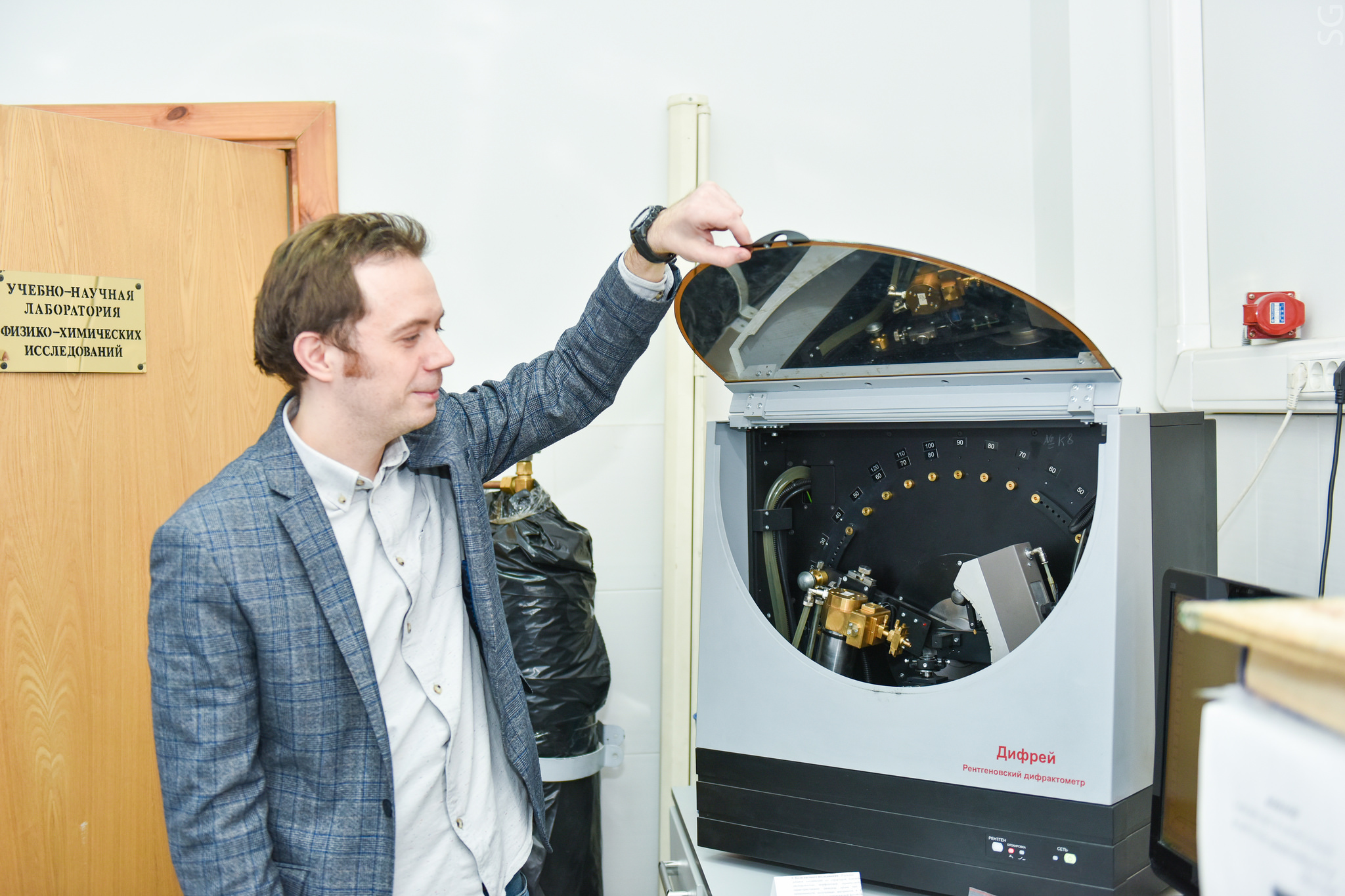Cool the smartphone
Everyone is familiar with the problem of overheating of the electronics during operation. Especially now, when the crazy miners are arranging steam rooms in their houses, and the news is happy to tell about it. However, you do not need to be a cryptostateer to face this problem: the gadgets "hang", the computers turn off, and with regular overheating, the device simply degrades.

Since practically all the energy supplied to the computer is converted into heat using processors, it is still necessary to solve the problem of heat removal from the processors, and, more efficiently. And scientists of NITU "MISiS" have proposed a universal approach for obtaining inexpensive, lightweight composites with high thermal conductivity that can help with this.

“Our goal was a material that conducts heat well, does not conduct electrical current and has a polymer base, that is, it is potentially cheaper than common analogs in the production and processing cycle,” says one of the authors of the work, senior researcher of functional nanosystems and high-temperature materials of NITU "MISiS" Ph.D. Dmitry Muratov.

The technology implemented in NITU "MISiS" assumes high-density polyethylene as the polymer base, and hexagonal boron nitride as the filler material. The team has worked out the optimal combination of processing modes to ensure the desired properties of the filler.
“As a result, we achieved positive results: the last work demonstrates the strength of a composite based on polyethylene and boron nitride in the amount of 24 MPa, and its thermal conductivity has become at least two to three times higher than that of a fiberglass laminate used in analogue devices,” notes Dmitry Muratov.

According to the scientist, the material can effectively replace glass fiber laminate in modern electronics, since it does not contain toxic epoxy resins in the composition and can be easily and efficiently recycled and even reused. In this case, the composite removes heat to the desired degree - about 1 W / M * K.
The results of the work of NITU "MISiS" are presented in an article published in the Journal of Alloys and Compounds .
Now the authors are actively developing cooperation in the synthesis of two-dimensional materials and the study of their properties with the University of Nebraska-Lincoln (USA). They are looking for a way to dramatically increase the thermal conductivity of composites through the use of materials for which higher rates were theoretically justified.

Since practically all the energy supplied to the computer is converted into heat using processors, it is still necessary to solve the problem of heat removal from the processors, and, more efficiently. And scientists of NITU "MISiS" have proposed a universal approach for obtaining inexpensive, lightweight composites with high thermal conductivity that can help with this.

“Our goal was a material that conducts heat well, does not conduct electrical current and has a polymer base, that is, it is potentially cheaper than common analogs in the production and processing cycle,” says one of the authors of the work, senior researcher of functional nanosystems and high-temperature materials of NITU "MISiS" Ph.D. Dmitry Muratov.

The technology implemented in NITU "MISiS" assumes high-density polyethylene as the polymer base, and hexagonal boron nitride as the filler material. The team has worked out the optimal combination of processing modes to ensure the desired properties of the filler.
“As a result, we achieved positive results: the last work demonstrates the strength of a composite based on polyethylene and boron nitride in the amount of 24 MPa, and its thermal conductivity has become at least two to three times higher than that of a fiberglass laminate used in analogue devices,” notes Dmitry Muratov.

According to the scientist, the material can effectively replace glass fiber laminate in modern electronics, since it does not contain toxic epoxy resins in the composition and can be easily and efficiently recycled and even reused. In this case, the composite removes heat to the desired degree - about 1 W / M * K.
The results of the work of NITU "MISiS" are presented in an article published in the Journal of Alloys and Compounds .
Now the authors are actively developing cooperation in the synthesis of two-dimensional materials and the study of their properties with the University of Nebraska-Lincoln (USA). They are looking for a way to dramatically increase the thermal conductivity of composites through the use of materials for which higher rates were theoretically justified.
